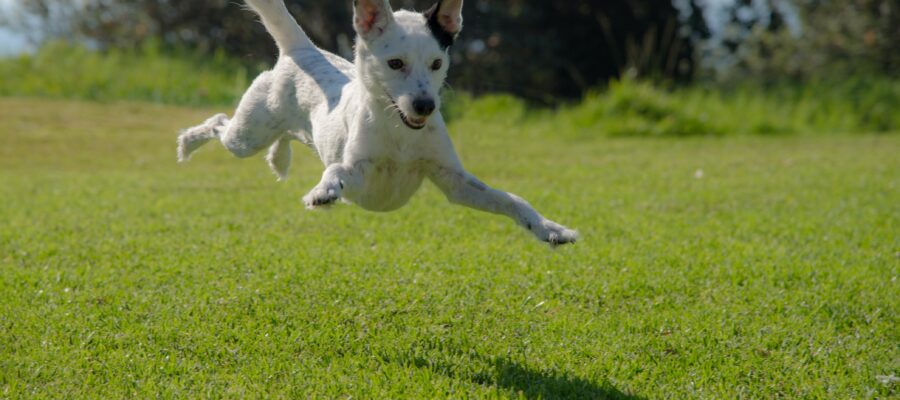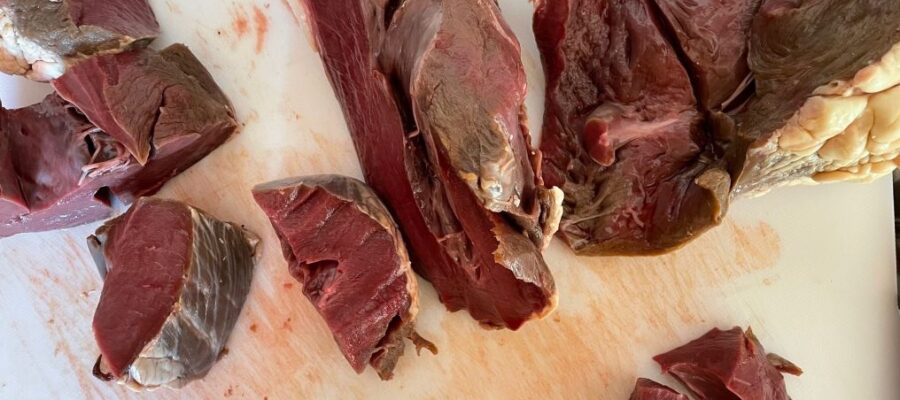
Seasonal Shedding: Your Ultimate Guide to Helping Your Dog Transition Smoothly
As the seasons change, so does your dog’s coat. Spring and fall shedding are a natural part of a dog’s life cycle, but they can be messy and overwhelming for pet owners. Don’t despair! With a few proactive strategies and some understanding, you can help your furry friend shed their winter or summer coat gracefully and keep your home fur-free(ish). My experience comes from my dog Jonas, who sheds his coat around Easter, and then again around Halloween.
Why Do Dogs Shed Seasonally?
It’s all about adaptation! Dogs shed their coats to adjust to changing temperatures.
- Spring Shedding: As days get longer and warmer, dogs shed their thick winter undercoat to stay cool.
- Fall Shedding: When temperatures drop, they shed their lighter summer coat and grow thicker ones for warmth.
This shedding process is essential for their comfort and well-being, but it doesn’t have to mean a furry house.
Shedding Superstars: Which Breeds Shed the Most?
Double-coated breeds are the shedding champions! Their thick undercoat acts like insulation, so they naturally lose more fur during seasonal shifts. Some notorious shedders include:
If you share your life with one of these fluffy friends, be prepared for a flurry of fur!
Helping Your Dog Through Shedding Season
While you can’t completely stop shedding, you can certainly make the process smoother and less messy for both you and your dog. Here are our top tips:
- Brush, Brush, Brush! Regular brushing is your best defense against a house full of fur. Invest in a high-quality brush or de-shedding tool designed for your dog’s coat type. Aim for daily brushing during shedding season.
- Bathe with Care: A lukewarm bath can help loosen and remove dead hair. Use a gentle dog shampoo and conditioner formulated for shedding. Don’t overdo it, as excessive bathing can dry out your dog’s skin.
- Nourish from Within: Feed your dog a balanced diet rich in omega-3 fatty acids and essential nutrients. This promotes healthy skin and coat, reducing excessive shedding and improving overall coat quality. [Check out our blog post on “The Guide For Dog Grooming and Nutrition” for more tips on nutrition.]
- Supplements Can Help: If your dog’s shedding is excessive, talk to your vet about omega-3 fatty acid supplements like fish oil.
- Consider Professional Grooming: For heavy shedders or those with long hair, professional grooming sessions can be a lifesaver during shedding season. They have specialized tools and techniques to remove loose fur effectively.
Preventing Hairy Situations at Home
- Invest in a Good Vacuum: A vacuum designed for pet hair will become your best friend. Vacuum regularly to keep fur from accumulating.
- Lint Rollers are a Must: Keep lint rollers handy for quick fur removal from your clothes and furniture.
- Protect Your Furniture: Use blankets or covers to protect your furniture from fur. Choose materials that are easy to clean.
When to Seek Veterinary Advice
While seasonal shedding is normal, excessive shedding or bald patches could indicate underlying health problems. If you’re concerned about your dog’s shedding, consult your veterinarian to rule out any medical conditions.






